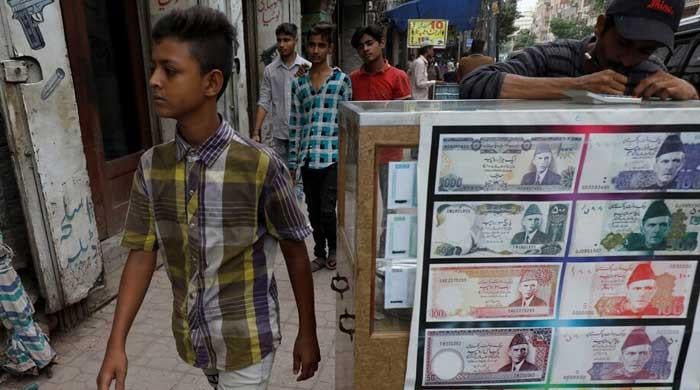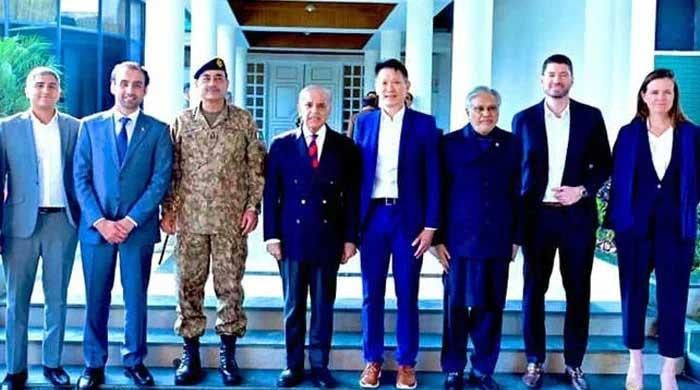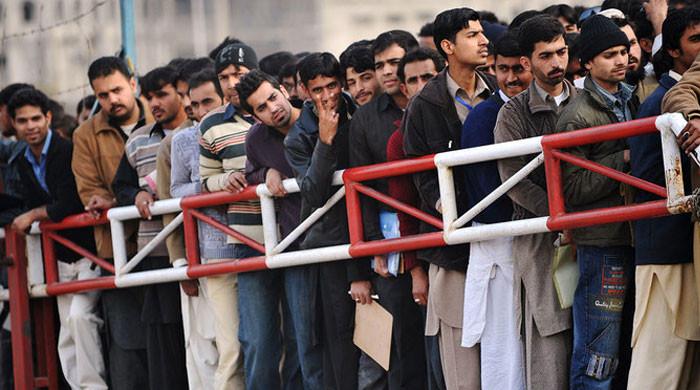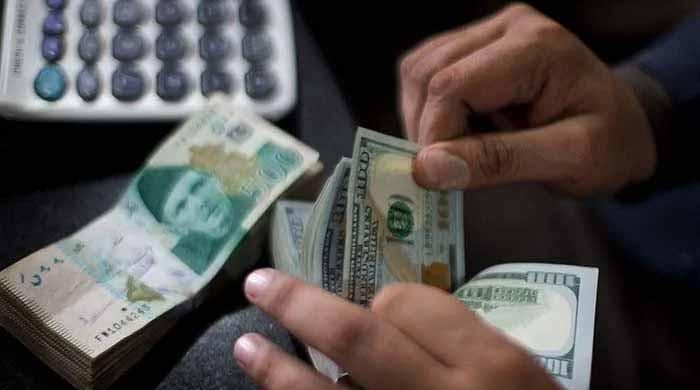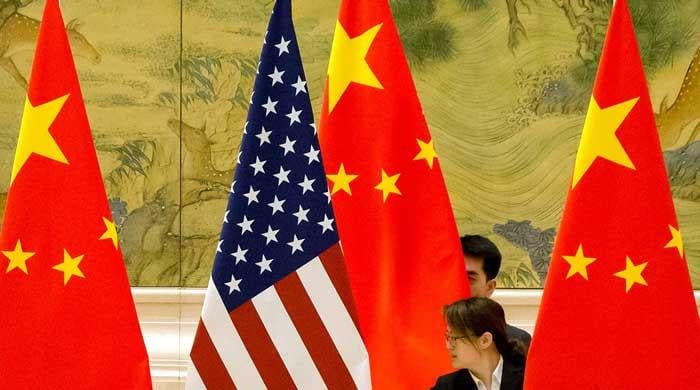TikTok and the see-saw of connectivity in Pakistan
As far as curbs on expressions go, all governments, whichever party they belong to, have been equal opportunity offenders
August 09, 2021
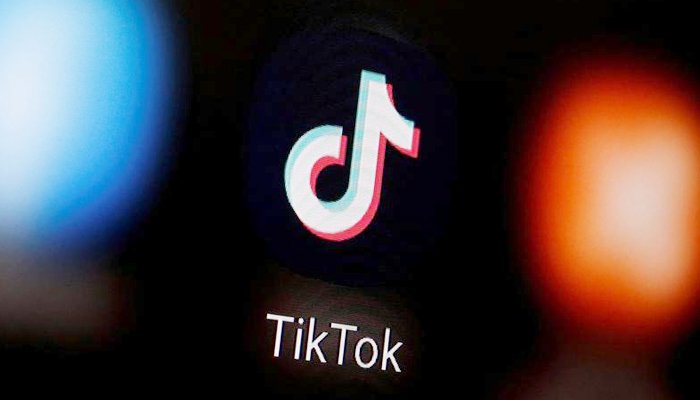
Years ago, a journalist colleague came up with the satirical term ‘Al-Bannistan’ as a response to the banning spree by the government as TV channels were being banned, and the press was being muzzled. To bypass the restrictions on traditional outlets of expression, media houses as well as the citizens of Pakistan wanting to exercise their constitutional right of freedom of expression turned towards the cyberworld and started putting content online.
It was almost as if someone switched on the light button as immediately websites were set up for newspapers and magazines, while TV channels started putting content online.
The blow to the online medium, though, didn't take long as the government slapped a ban on YouTube. It is too long and sordid a story to go into here, but suffice it to say that as far as curbs on expressions go, all governments, whichever party they belong to, have been equal opportunity offenders.
This, of course, didn’t mean that the world stopped moving forward and faster; shorter, and more and more popular social media platforms were being developed, which captured the imagination of an ever-newer demographic. One such platform is TikTok.
Economies of scale were the drivers of the proliferation of smartphones, and the ever lowering of the cost of internet connectivity. This gave voice to a whole new segment of the population that had not been able to explore its own talent and creativity, or the ability to articulate its thoughts, whatever they may be, to a wider virtual audience.
Once the shock value of seeing content from other than celebrities and organised media outlets wore off, everyone on these platforms, whose numbers surged double figures in millions (official figures not available but reports are of at least 35 million on this app), saw themselves as content creators, especially in the field of entertainment.
This came as another plus, in a country with over two crore out-of-school children. Most of those who have gone through the school system are also not able to claim that they have received education, or skills to be able to enter the job market. Here was an opportunity to explore their potential at doing something they enjoyed, which others enjoyed too, and to make some good money (and I mean good money – sometimes even more than the starting salaries our business graduates are offered) off it.
While there is no direct monetisation in Pakistan of the content put out by TikTok creators, there are indirect ways to benefit off it. Not a bad deal, eh? Well apparently, not everyone was happy with their situation. The kind of content being created raised the ire of many.
In a regulated, rather an over-regulated, environment, the freedom to ‘air’ whatever anyone pleased rocked the boat and one saw the rise of moral policing. To give the devil his due, the internet affords equal opportunity to the creative as well as the crass. However, both these being very subjective, this meant that no one should be allowed to wield a broad brush.
The platforms quickly developed and applied community guidelines from the best practices already accepted by other such applications. Of course, this meant that there would always be social norms that would be considered their minimum standards to be lacking the parameters of acceptability. This is where the application of local, country-specific laws and business agreements came in wherein they agreed to remove content that ran contrary to the laws as well as certain norms of a state.
This did make them skate on thin ice as the ‘authorities’ demanded they take down not just socially unacceptable content but also dissent, etc. This was, and will always be, viewed as problematic by consumers, as well as the digital rights community that sees this as an infringement of the fundamental rights to means of expression.
This is especially so when the compliances have been in place, like in the case of TikTok, which in a short span of three months in the first quarter of 2021 alone, had taken down over six million videos deemed inappropriate, of which 15 percent came within the category of ‘adult content.’ It is anybody’s guess what the other video content was, unless one delves into the Transparency Reports such platforms annually put out.
It brings rights activists cold comfort that the recurrent bans have not always stemmed from direct government and regulatory authorities but also from citizens approaching the courts, which are usually found to be favouring the route of bans. The YouTube ban lasted three years, bringing a lot of hardship to education, commerce and entertainment. We had games applications banned, despite the fact that not everyone playing them was committing murders or suicides.
In TikTok’s case, this has been the fourth successive ban within a span of 10 months, which shows the inconsistency in the understanding, application and implementation of the agreements that have allowed it to be present in Pakistan since 2014.
It is interesting and no less worrying that two out of the four bans have come as a result of court decisions, while two were initiated directly by the PTA. Unfortunately, there have not been enough opportunities to explain to irate citizens or the courts the working of the internet as an intentional medium.
Those filing the petitions, their lawyers and those hearing them need to understand that inappropriate content has to be consciously and deliberately searched for so as to appear before them. There is no way it can jump out in front of anyone without warning, and offend their sensibilities.
It is a pity that this on again-off again attitude erodes not only the confidence of companies to enter Pakistan's market but also retards the positive growth potential of the market in a country boasting a youth bulge – the major demographic segment present on these platforms.
The potential of this access to the hitherto socially disenfranchised segment was immediately recognised by the bigger players. Corporates, marketing companies, organisations with messages that needed to be communicated, and savvy governments and politicians, all jumped on to the bandwagon for dissemination of their narrative.
One such recent example is the use of TikTok by the WHO (World Health Organization) as well as several governments, including Pakistan’s, for information dissemination about Covid-19. The government used the services of TikTok influencers to reach the demographic enamoured of this video sharing platform that could not otherwise be reached due to its inability to access or disinterest in the other traditional mediums of information dissemination.
The icing on the cake came when the president of Pakistan also announced that he would be using this medium to engage with citizens. This too apparently didn’t sit well with those who only view content with the lens of immorality and obscenity, which they deliberately access.
It would be interesting to know what the opinion of the president is if he is questioned as to why he decided to be present on a platform considered a ‘promoter of obscenity.’
The flip side, though, would be more interesting: if the petitioners, the self-appointed guardians of the nation’s morals, are asked if it had even occurred to them that a person in the responsible position of head of state would be so naive as to announce his presence on a platform that is not kosher! Anyone up for asking that?
The writer is a freelance journalist who writes on the environment, climate change, gender, and media ethics. She tweets @afiasalam.
This article originally appeared in the August 9, 2021 edition of daily The News. It can be accessed here.




